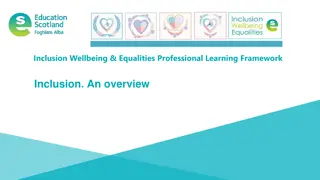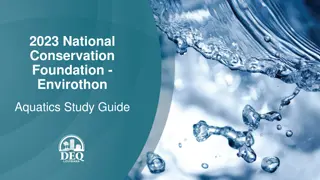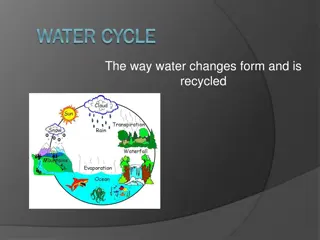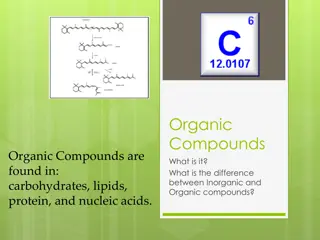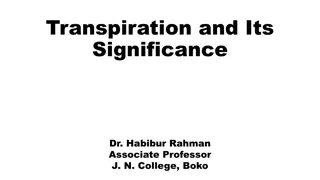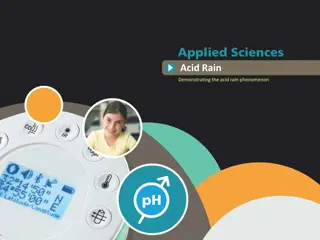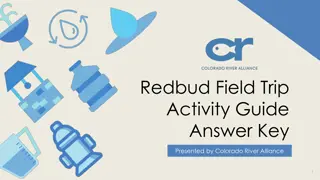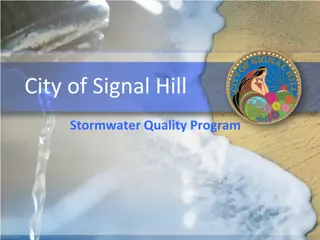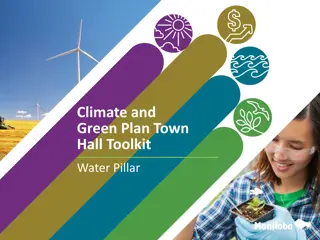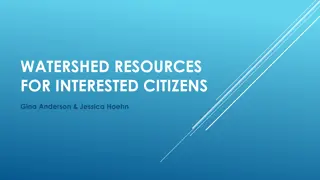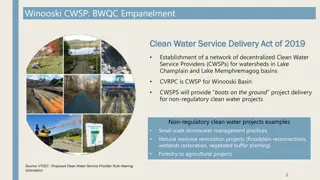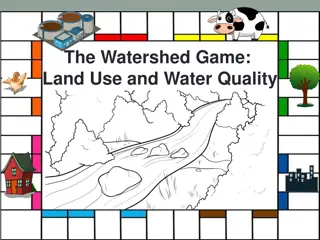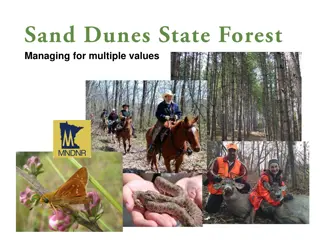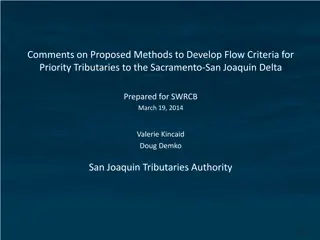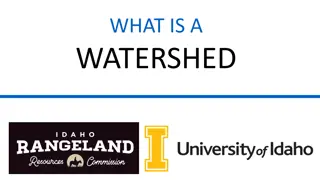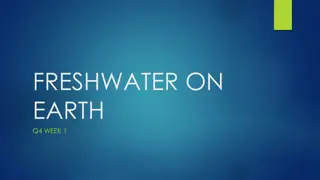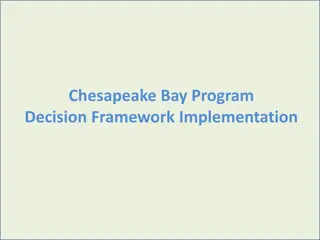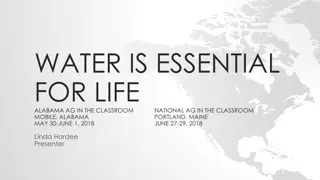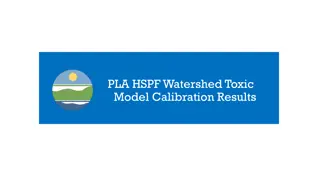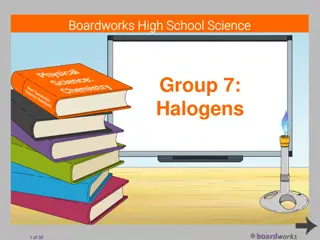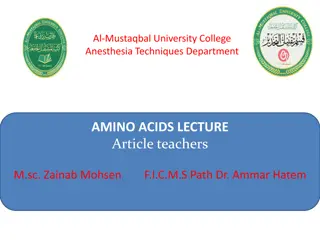Understanding Watersheds and Their Importance
A watershed is an essential area of land that directs rainfall and snowmelt to various bodies of water, forming a connected water system. Water in a watershed flows from high points to lower points via rivers, streams, and lakes, eventually reaching the ocean. Watersheds can vary in size and topography, affecting the flow of water within them. Conservation efforts play a crucial role in preserving the health of watersheds and ensuring access to clean water for all living beings. Explore the significance of watersheds, the flow of water within them, and the impact of human activities on these important environments. Join in the effort to protect and sustain our watersheds for future generations.
Download Presentation

Please find below an Image/Link to download the presentation.
The content on the website is provided AS IS for your information and personal use only. It may not be sold, licensed, or shared on other websites without obtaining consent from the author. Download presentation by click this link. If you encounter any issues during the download, it is possible that the publisher has removed the file from their server.
E N D
Presentation Transcript
What is a Watershed? A watershed is an area of land that channels rainfall and snowmelt to creeks, streams, and rivers, eventually leading to outflow points such as reservoirs, bays, and the ocean. Those bodies of water are all connected, so every drop that falls becomes part of one water.
How does Water flow in a Watershed? Watersheds can be any size and usually have some high points of land like hills, mountains, or ridges. When rain, sleet, or snow falls to the ground, the precipitation runs from those higher points to the lower points. Gravity pulls the water downhill until it reaches a body of water. If the land in the watershed is steep, the water usually runs off into rivers or streams. If the land in the watershed is level, the water will slowly flow into lakes or ponds, or seep into the soil and add to groundwater. If the watershed is close to the ocean, then tidal marshes, estuaries, and wetlands will be part of the watershed. From the top of the mountain all the way to the coast, it is all one water.
Flowing through the Watershed
Not all Watersheds are Alike
Who Lives in the Watersheds?
DrinkingShed Water Have you ever watched it rain? The raindrops fall on the ground and flow through the soil. Water soaks through the soil until it reaches groundwater, which is water that moves through spaces in soil and rock underground. A lot of the water we use and drink every day comes from water in the ground. As it rains and the water runs off, it collects in rivers, lakes, and oceans and then returns to the atmosphere to fall as rain somewhere else. All land across the entire earth is made up of watersheds. We all live in a watershed. We share the water in our watershed with other people, with animals, and with plants because it is all one water.
Watershed Conservation Watershed Conservation
2023 POSTER CONTEST
Poster Contest Details Poster Contest Details The national winning poster will be used for local and state level promotion materials. Send entries to your local conservation district ashtabulaswcd@gmail.com Local contest deadline is May 22,2023!!!! Contest Categories K-1st Grade 2nd-3rd Grade 4th-6th Grade 7th-9th Grade 10th-12th Grade
Poster Contest Details Poster Contest Details Winning entries will be selected by your local district and sent to the state level for judging. State winner entries will then be sent to the national level, where one overall winner will be selected and announced at the 2024 NACD Annual. Winners will also be posted to the NACD website. Monetary prizes will be awarded to the 1st - 3rd place winners in each category at the national level. $200 for 1st Place Winners $150 for 2nd Place Winners $100 for 3rd Place Winners
Poster Contest Details Poster Contest Details Turn poster in on time for judging. Your local conservation district s entry deadline is May 22,2023 Attach poster entry form on the back of each poster and be sure it is signed by a parent or guardian. Entry must be contestant's original creation and may not be traced from photographs or other artists' published works.
Poster Contest Details Poster Contest Details Any media may be used to create a flat poster Paint Crayons Colored pencil Charcoal Stickers Paper Or other materials Poster size must be 11" x 17" (half a poster).
What What makes makes a good Poster? a good Poster? Attracts attention Is simple and concise Uses colors and white space effectively Text is large enough to be easily read
Brainstorming Brainstorming Poster Ideas Poster Ideas Research the topic of the theme Brainstorm ideas and make a list Use the theme as your title: Watersheds One Water Use some of the important water issues from this presentation. Look around your community for ideas. Talk to professionals in the industry. Research watersheds online and use the information found in your poster.
Do: Do: Do limit text, and balance a combination of illustrations and words. Do be as neat as you can and be sure to erase any penciled sketches or guidelines. Do blend colors when using crayons or colored pencils. Do research the theme topic as a way to brainstorm poster ideas.
Dont: Don t use staples, tacks, or tape. Don t use fluorescent-colored posters. Don t create a poster that is all words or all illustrations. Don t have your parent or others draw your poster for you to color in. Don t try to include too many ideas. A single message clearly illustrated is most effective.
Judging Criteria Judging Criteria Conservation message - 50 percent Visual effectiveness - 30 percent Originality - 10 percent and Universal appeal - 10 percent
For Additional NACD Information For Additional NACD Information Visit http://www.nacdnet.org/general-resources/stewardship-program/ Entry Forms, Rules, and Resource PDF files are also available for download on the contest page. http://www.nacdnet.org/education/contests


